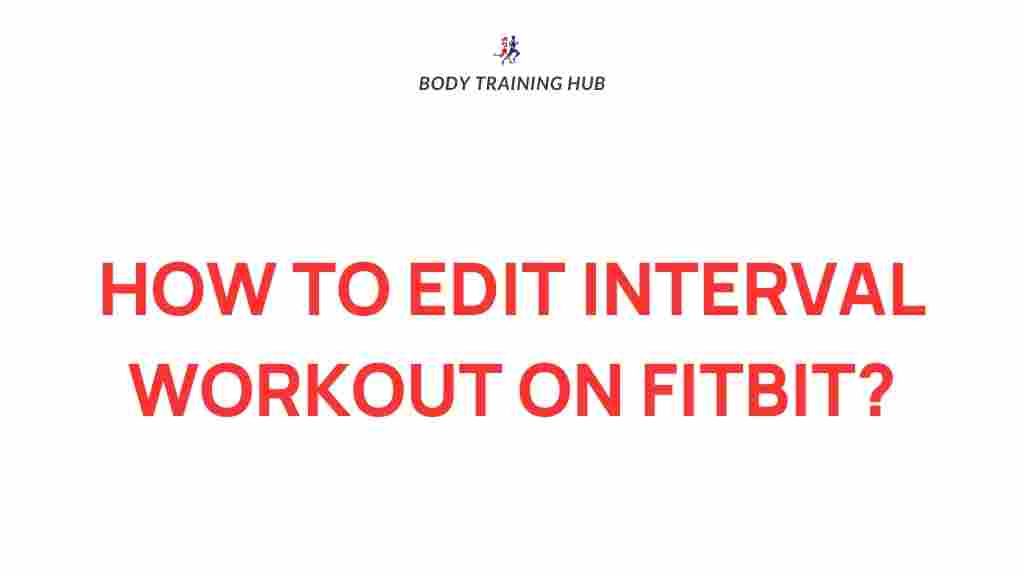Unveiling the Secrets of High-Intensity Interval Training (HIIT)
High-Intensity Interval Training, commonly known as HIIT, is a revolutionary workout method that has taken the fitness world by storm. With its roots in traditional interval training, HIIT has evolved into a powerful tool for achieving fat loss, improving endurance, and enhancing overall performance. In this comprehensive guide, we will uncover the secrets behind HIIT, providing insights into its benefits, how to effectively implement it into your routine, and tips for troubleshooting common challenges.
What is HIIT?
HIIT is a training technique that alternates between short bursts of intense activity and periods of lower-intensity exercise or rest. This method not only maximizes calorie burn but also boosts your metabolism, making it an excellent choice for those looking to improve their fitness levels and promote fat loss.
The Benefits of HIIT
HIIT offers a multitude of benefits, including:
- Time Efficiency: HIIT workouts can be completed in as little as 20-30 minutes, making them ideal for busy schedules.
- Increased Metabolic Rate: The intense nature of HIIT keeps your metabolism elevated even after your workout is done.
- Improved Cardiovascular Health: HIIT has been shown to enhance heart health and increase aerobic capacity.
- Fat Loss: Research indicates that HIIT can lead to greater fat loss compared to traditional steady-state cardio.
- Versatility: HIIT can be adapted to various fitness levels and can include bodyweight exercises, sprinting, cycling, and more.
How to Get Started with HIIT Workouts
Now that you understand what HIIT is and its benefits, let’s delve into how to set up your own HIIT workout.
Step-by-Step Process
1. Choose Your Exercises
Select a variety of exercises that engage different muscle groups. Here are some popular HIIT exercises:
- Burpees
- Jump squats
- Mountain climbers
- Sprints
- Push-ups
- High knees
2. Determine Your Work-to-Rest Ratio
The work-to-rest ratio is crucial in HIIT. Common ratios include:
- 1:1 Ratio: 30 seconds of work followed by 30 seconds of rest.
- 2:1 Ratio: 40 seconds of work followed by 20 seconds of rest.
- 3:1 Ratio: 60 seconds of work followed by 20 seconds of rest.
Begin with a 1:1 ratio if you’re new to HIIT, and adjust as you progress.
3. Warm Up and Cool Down
A proper warm-up is essential to prepare your body for intense activity and reduce the risk of injury. Spend 5-10 minutes on dynamic stretches or light cardio.
After your workout, allocate time for a cool-down period, incorporating static stretches to aid recovery.
4. Structure Your Workout
Here’s a sample HIIT workout structure:
- Warm-up: 5-10 minutes of light cardio
- HIIT Circuit: Repeat the circuit 3-5 times:
- Burpees (30 seconds)
- Rest (30 seconds)
- Jump Squats (30 seconds)
- Rest (30 seconds)
- Mountain Climbers (30 seconds)
- Rest (30 seconds)
- Cool Down: 5-10 minutes of stretching
Frequency and Duration
For optimal results, aim to incorporate HIIT workouts into your routine 2-3 times per week. Each session should last between 20-30 minutes, depending on your fitness level and goals.
Nutrition and Hydration
To support your HIIT training, focus on a balanced diet rich in whole foods, including:
- Lean proteins (chicken, fish, legumes)
- Whole grains (brown rice, quinoa)
- Fruits and vegetables
- Healthy fats (avocado, nuts, olive oil)
Staying hydrated is also crucial. Aim to drink water before, during, and after your workouts to maintain optimal performance and recovery.
Troubleshooting Common HIIT Challenges
While HIIT is an effective training method, you might encounter some challenges. Here are some common issues and how to overcome them:
1. Fatigue or Burnout
If you find yourself feeling overly fatigued, it may be a sign that you’re pushing too hard or not allowing adequate recovery time. To combat this:
- Listen to your body and take rest days as needed.
- Consider reducing the intensity or duration of your workouts.
- Incorporate low-intensity workouts on off days, such as walking or yoga.
2. Boredom
Doing the same exercises repeatedly can lead to boredom. To keep your workouts fresh:
- Vary your exercises regularly.
- Change your workout setting, such as moving outdoors or trying a new gym.
- Join a group class or find a workout buddy for motivation.
3. Lack of Progress
If you’re not seeing the results you want, consider the following:
- Ensure you’re challenging yourself with increased intensity or varied exercises.
- Monitor your nutrition and make adjustments as necessary.
- Track your progress to identify areas for improvement.
Conclusion
High-Intensity Interval Training (HIIT) is an incredible fitness tool that can transform your workout routine and enhance your health. By incorporating HIIT into your schedule, you can achieve significant fat loss, improve your endurance, and boost your overall performance. Remember to start slow, stay consistent, and listen to your body. For more tips and resources on fitness and health, visit this page.
Are you ready to unleash the power of HIIT? Start your journey today and discover the incredible benefits of interval training!
For additional workouts and tips, check out this resource.
This article is in the category Cardio & Endurance and created by BodyTraining Team
